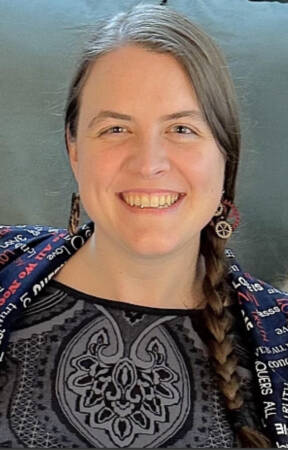
Abstract:
Robots often need to communicate their goals to humans when navigating in a shared space to assist observers in anticipating the robot’s future actions. These human observers are often scattered throughout the environment, and each observer only has a partial view of the robot and its movements. A path that non-verbally communicates with multiple observers will need to be sufficiently understood by all of them.
I propose that social navigation which communicates with multiple people needs to model the perspective and inferences of each observer, and prioritizing communication with different observers throughout the path helps achieve better clarity for all observers. My thesis aims to create an algorithm for intent-expressive, legible motion that takes into account the perspectives of multiple observers with limited fields of view in order to balance communicating with multiple observers effectively. Prior work in legible motion does not account for the limited field of view of observers, which can lead to wasted communication efforts that are unobserved by the intended audience.
To begin work on this goal, I designed an observer-aware method for creating legible paths that simultaneously indicate a robot’s goal while also attempting to remain in view for a particular observer. We conducted a 300-person user study which validated this approach, indicating that observer-aware legibility could produce paths that give observers an improved understanding of the goal of the robot. At the same time, this study indicated that personalizing a path for one observer could lower performance for others, which indicates that tradeoffs will need to be made in order to plan for multiple observers. We also found that performance for secondary observers does not fall off based on their distance from the targeted observer. This implies that to plan for groups we need to account for each observer’s individual relationship to the parts of the scene that they can see, rather than their relationships to each other.
I propose further refining our model of observer inferences in a social navigation context by investigating whether incorporating heading information better explains observers’ inferences when viewing paths. I also propose creating audience-aware legibility, an algorithm combining these techniques to plan for multiple observers and make robot paths that are more legible for observers. I also discuss considerations for deploying audience-aware paths in a real-world setting and measuring their effectiveness.
Thesis Committee Members:
Henny Admoni, Chair
Reid Simmons
Jean Hyaejin Oh
Sonia Chernova, Georgia Tech School of Interactive Computing
